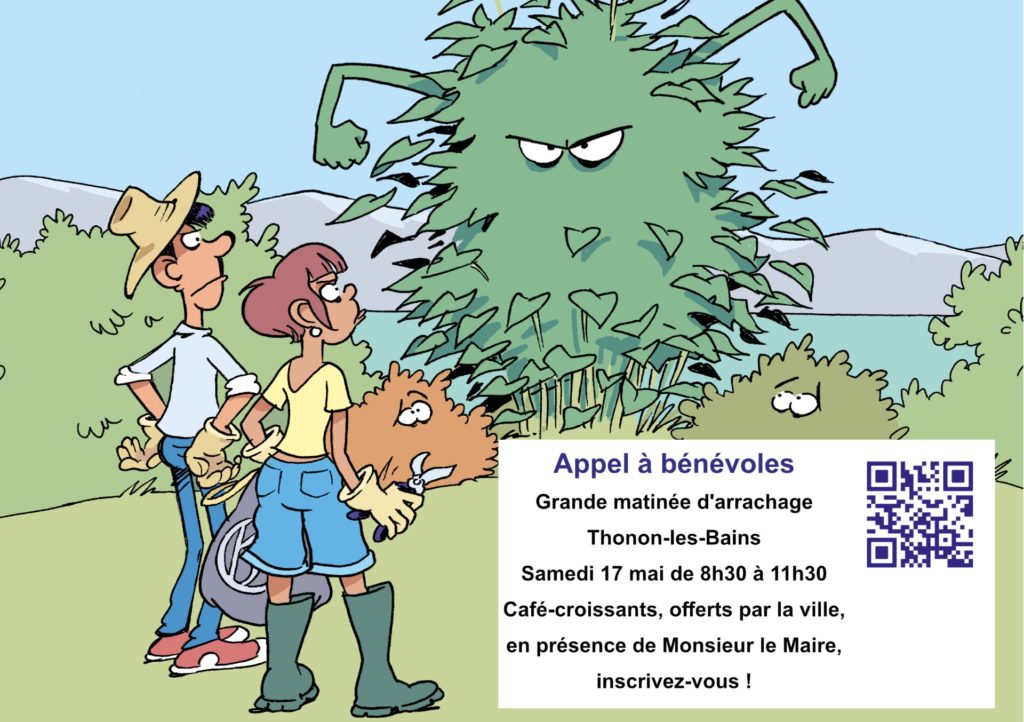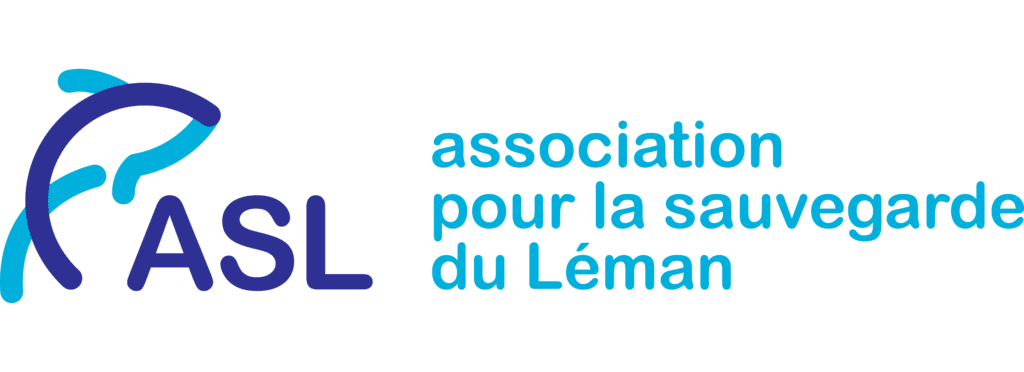After eating, I go to wash my dishes: I take my sponge, a bit of soap, scrub and hop, rinse with water: everything disappears down the drain. 𝗠𝗮𝗶𝘀...𝗼𝘂̀ 𝘃𝗮 𝗰𝗲𝘁𝘁𝗲 𝗲𝗮𝘂?
The wastewater passes through pipes and is conveyed to 𝘀𝘁𝗮𝘁𝗶𝗼𝗻𝘀 𝗱'𝗲́𝗽𝘂𝗿𝗮𝘁𝗶𝗼𝗻𝘀 (𝗦𝗧𝗘𝗣) where it is cleaned by various processes.
![]() Screening: 𝗹𝗲𝘀 𝗲𝗮𝘂𝘅 𝘂𝘀𝗲́𝗲𝘀 𝗽𝗮𝘀𝘀𝗲𝗻𝘁 𝗱'𝗮𝗯𝗼𝗿𝗱 𝗮̀ 𝘁𝗿𝗮𝘃𝗲𝗿𝘀 𝗱𝗲𝘀 𝗴𝗿𝗶𝗹𝗹𝗲𝘀 which hold back waste: food scraps and other large items are held back. It also holds certain types of waste that don't belong in the drains, such as cigarette butts and Q-Tips...yuck!
Screening: 𝗹𝗲𝘀 𝗲𝗮𝘂𝘅 𝘂𝘀𝗲́𝗲𝘀 𝗽𝗮𝘀𝘀𝗲𝗻𝘁 𝗱'𝗮𝗯𝗼𝗿𝗱 𝗮̀ 𝘁𝗿𝗮𝘃𝗲𝗿𝘀 𝗱𝗲𝘀 𝗴𝗿𝗶𝗹𝗹𝗲𝘀 which hold back waste: food scraps and other large items are held back. It also holds certain types of waste that don't belong in the drains, such as cigarette butts and Q-Tips...yuck!
![]() Then: off to the bath! 𝗟'𝗲𝗮𝘂 𝗽𝗮𝘀𝘀𝗲 𝗱𝗮𝗻𝘀 𝘂𝗻 𝗴𝗿𝗮𝗻𝗱 𝗯𝗮𝘀𝘀𝗶𝗻 where the suspended sand settles and is then recovered. It will be deposited in a landfill, as metal and plastic dust prevent it from being used. At the same time, the oil and fats floating on the surface of this basin are extracted from the water.
Then: off to the bath! 𝗟'𝗲𝗮𝘂 𝗽𝗮𝘀𝘀𝗲 𝗱𝗮𝗻𝘀 𝘂𝗻 𝗴𝗿𝗮𝗻𝗱 𝗯𝗮𝘀𝘀𝗶𝗻 where the suspended sand settles and is then recovered. It will be deposited in a landfill, as metal and plastic dust prevent it from being used. At the same time, the oil and fats floating on the surface of this basin are extracted from the water.
![]() After this first bath, it's time for decanting: 𝗹𝗲𝘀 𝗲𝗮𝘂𝘅 𝘂𝘀𝗲́𝗲𝘀 𝗮𝗿𝗿𝗶𝘃𝗲𝗻𝘁 𝗱𝗮𝗻𝘀 𝘂𝗻𝗲 𝘀𝘂𝗰𝗰𝗲𝘀𝘀𝗶𝗼𝗻 𝗱𝗲 𝗯𝗮𝘀𝘀𝗶𝗻𝘀 𝗮𝗳𝗶𝗻 𝗱'𝗲́𝘃𝗮𝗰𝘂𝗲𝗿 𝗹𝗲𝘀 𝗽𝗮𝗿𝘁𝗶𝗰𝘂𝗹𝗲𝘀 𝗲𝗻 𝘀𝘂𝘀𝗽𝗲𝗻𝘀𝗶𝗼𝗻, in the form of sludge. This sludge is made up of inorganic matter, which is dried and burnt, and biodegradable matter, which is digested by bacteria: goodbye food scraps! By the way, this digestion creates biogas, which is used to produce energy!
After this first bath, it's time for decanting: 𝗹𝗲𝘀 𝗲𝗮𝘂𝘅 𝘂𝘀𝗲́𝗲𝘀 𝗮𝗿𝗿𝗶𝘃𝗲𝗻𝘁 𝗱𝗮𝗻𝘀 𝘂𝗻𝗲 𝘀𝘂𝗰𝗰𝗲𝘀𝘀𝗶𝗼𝗻 𝗱𝗲 𝗯𝗮𝘀𝘀𝗶𝗻𝘀 𝗮𝗳𝗶𝗻 𝗱'𝗲́𝘃𝗮𝗰𝘂𝗲𝗿 𝗹𝗲𝘀 𝗽𝗮𝗿𝘁𝗶𝗰𝘂𝗹𝗲𝘀 𝗲𝗻 𝘀𝘂𝘀𝗽𝗲𝗻𝘀𝗶𝗼𝗻, in the form of sludge. This sludge is made up of inorganic matter, which is dried and burnt, and biodegradable matter, which is digested by bacteria: goodbye food scraps! By the way, this digestion creates biogas, which is used to produce energy!
![]() What about POLLUTING substances? 𝗢𝗻 𝗮𝗷𝗼𝘂𝘁𝗲 𝗱𝘂 𝗰𝗵𝗹𝗼𝗿𝘂𝗿𝗲 𝗱𝗲 𝗳𝗲𝗿 𝗾𝘂𝗶 𝘀𝗲 𝗰𝗼𝗹𝗹𝗲 𝗮𝘂 𝗽𝗵𝗼𝘀𝗽𝗵𝗮𝘁𝗲 𝗲𝘁 𝗹𝗲 𝗳𝗮𝗶𝘁 𝗰𝗼𝘂𝗹𝗲𝗿 𝗮𝘂 𝗳𝗼𝗻𝗱 𝗱𝘂 𝗯𝗮𝘀𝘀𝗶𝗻 𝗱𝗲 𝗱𝗲́𝗰𝗮𝗻𝘁𝗮𝘁𝗶𝗼𝗻, preventing it from reaching the water : This harmful substance was responsible for the eutrophication of the lake, against which the ASL has been fighting since its creation in 1980. And then, before being released, the water goes through another filter, because it still contains chemical and synthetic micro-pollutants that have not been digested by the micro-organisms. This process allows some of them to be retained.
What about POLLUTING substances? 𝗢𝗻 𝗮𝗷𝗼𝘂𝘁𝗲 𝗱𝘂 𝗰𝗵𝗹𝗼𝗿𝘂𝗿𝗲 𝗱𝗲 𝗳𝗲𝗿 𝗾𝘂𝗶 𝘀𝗲 𝗰𝗼𝗹𝗹𝗲 𝗮𝘂 𝗽𝗵𝗼𝘀𝗽𝗵𝗮𝘁𝗲 𝗲𝘁 𝗹𝗲 𝗳𝗮𝗶𝘁 𝗰𝗼𝘂𝗹𝗲𝗿 𝗮𝘂 𝗳𝗼𝗻𝗱 𝗱𝘂 𝗯𝗮𝘀𝘀𝗶𝗻 𝗱𝗲 𝗱𝗲́𝗰𝗮𝗻𝘁𝗮𝘁𝗶𝗼𝗻, preventing it from reaching the water : This harmful substance was responsible for the eutrophication of the lake, against which the ASL has been fighting since its creation in 1980. And then, before being released, the water goes through another filter, because it still contains chemical and synthetic micro-pollutants that have not been digested by the micro-organisms. This process allows some of them to be retained.

𝗠𝗮𝗶𝘀 𝗮𝗹𝗼𝗿𝘀, 𝗽𝗼𝘂𝗿𝗾𝘂𝗼𝗶 𝗼𝗻 𝗻𝗼𝘂𝘀 𝗱𝗶𝘁 𝗱𝗲 𝗻𝗲 𝗽𝗮𝘀 𝗽𝗼𝗹𝗹𝘂𝗲𝗿 𝗹𝗲𝘀 𝗲𝗮𝘂𝘅, 𝘀𝗶 𝗲𝗹𝗹𝗲𝘀 𝘀𝗼𝗻𝘁 𝗻𝗲𝘁𝘁𝗼𝘆𝗲́𝗲𝘀? Because, despite the work done by the WWTPs, the cleaned water is not as pure as that in rivers or lakes: 𝗶𝗹 𝘆 𝗮 𝘁𝗲𝗹𝗹𝗲𝗺𝗲𝗻𝘁 𝗱𝗲 𝘀𝘂𝗯𝘀𝘁𝗮𝗻𝗰𝗲𝘀 𝗮̀ 𝘁𝗿𝗶𝗲𝗿, 𝗾𝘂'𝘂𝗻𝗲 𝗽𝗮𝗿𝘁𝗶𝗲 𝗻'𝗲𝘀𝘁 𝗽𝗮𝘀 𝗿𝗲𝘁𝗲𝗻𝘂𝗲 𝗽𝗮𝗿 𝘁𝗼𝘂𝘀 𝗰𝗲𝘀 𝗱𝗶𝗳𝗳𝗲́𝗿𝗲𝗻𝘁𝘀 𝗳𝗶𝗹𝘁𝗿𝗲𝘀. This is the case for micropollutants, such as chemical substances (medicines, cosmetics, insecticides) or certain microplastics: these substances are dangerous for aquatic organisms and are a threat to drinking water resources.
That's why WWTPs are constantly being improved, particularly when it comes to treating micropollutants.
𝗟'𝘂𝘁𝗶𝗹𝗶𝘀𝗮𝘁𝗶𝗼𝗻 𝗮̀ 𝗹𝗮 𝗺𝗮𝗶𝘀𝗼𝗻 𝗱𝗲 𝗽𝗿𝗼𝗱𝘂𝗶𝘁𝘀 𝗻𝗮𝘁𝘂𝗿𝗲𝗹𝘀 𝗯𝗶𝗼𝗱𝗲́𝗴𝗿𝗮𝗱𝗮𝗯𝗹𝗲𝘀 𝗽𝗲𝗿𝗺𝗲𝘁 𝘀𝗼𝘂𝗹𝗮𝗴𝗲𝗿 𝗹𝗲𝘀 𝗦𝗧𝗘𝗣. That's also why i𝗹 𝗳𝗮𝘂𝘁 𝗮̀ 𝘁𝗼𝘂𝘁 𝗽𝗿𝗶𝘅 𝗲́𝘃𝗶𝘁𝗲𝗿 𝗱𝗲 𝗷𝗲𝘁𝗲𝗿 𝗱𝗲𝘀 𝗱𝗲́𝗰𝗵𝗲𝘁𝘀 𝗼𝘂 𝗱𝗲𝘀 𝗽𝗿𝗼𝗱𝘂𝗶𝘁𝘀 𝗰𝗵𝗶𝗺𝗶𝗾𝘂𝗲𝘀 𝗱𝗮𝗻𝘀 𝗹𝗲𝘀 𝗰𝗮𝗻𝗮𝗹𝗶𝘀𝗮𝘁𝗶𝗼𝗻𝘀.
Sewers aren't magic, and everything we pour into them has to be treated as well as possible. WWTPs do an enormous amount of work, but they are not infallible.
Information taken from the CIPEL and on Energy-Environment
Photo Credit : ASL and Energy-Environment




